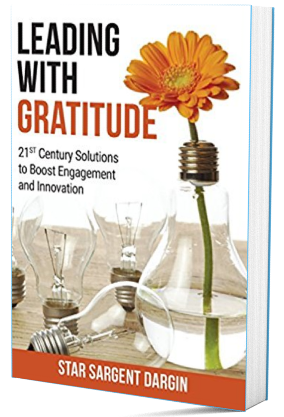I’ve been repeatedly scolded for not stating that I am for or against something on social media.
I have strong beliefs. One is that everyone, each situation, culture, community, and country, is unique. There is rarely a single and simple answer to problems.
I believe that there are Universal principles, such as love, gratitude, and equality, driven by a moral compass.
I am problem solver. I don’t believe in violence to solve issues. I know violence exists, and horrific things are happening now. I struggle with how to help, other than financial donations.
I believe in freedom of speech. I also know it’s difficult to make it work.
I believe labels sometimes cause more harm than good. I refuse to call myself Republican, Conservative, Liberal, or Democrat. I interact with, and have voted for, all those labels. It’s a good thing I’m not a politician! 😊
I want to be and think of myself as an open and independent thinker and the closed label I might apply would be a Pragmatic Realist.
I believe that if one’s goal is to influence, starting with an opinion won’t work, unless perhaps you’re a trusted person or celebrity.
In my leadership coaching practice, I’ve worked closely with people who identify with various labels, and who have extreme beliefs on both sides of controversial issues, like gun control, abortion, and vaccinations.
My job, as a coach, is not to influence people to my way of thinking, but rather to listen, and understand them. I help clients gain clarity, get unstuck, and align actions to beliefs. Some tell me things they would tell nobody else. I am committed to, and strongly believe in, the confidentiality and ethics agreement I sign every three years as a certified coach.
When you Unfollow or Unfriend people who don’t believe in the same things as you, social media becomes an echo chamber. I appreciate seeing all points of views on my feeds. As a Pragmatic Realist, I believe that actively seeking out and understanding others is how you solve real life problems. Reading and understanding opposing opinions on social media doesn’t mean you agree.
Before attempting to influence, my approach is to start with connection and understanding. As Stephen Covey said, “Seek first to understand, then to be understood.” Connect to yourself first; get clear on what you REALLY believe when nobody but you is listening.
Next, connect and understand other situations and points of view. It’s a way of respecting and accepting someone for who they are right now, it may change.
Once you connect, building trust is possible. Connection and trust between people with different beliefs is how complex and difficult challenges are peacefully resolved. It starts within, person by person.
Below are a few of the action items I try to implement, and have taught others over the years, that support my beliefs:
- Start with connection and understanding others first – What is the most unique thing you have in common? I’ve done this exercise hundreds of times in workshops. The results can be fascinating. For example: One pair had parrots named Sam in 1988; both lived in the same dorm room 10 years apart. In a workshop in Cambridge, MA two woman learned that they grew up one street away from each other – in China!
- Think before you Post – What’s my purpose? Is it to influence, to entertain, a public service announcement? Who might it offend, and does it matter? Will this unite or divide?
- Keep Friends who don’t believe in the same things as you – Yes, cringing at times is part of being open-minded. Intentionally follow and keep friends who don’t think as you do. Conversely, regardless of their beliefs, I Block or Unfollow Trolls and disrespectful people.
- Avoid Generalizations and Absolutes – If you say the “group you don’t like” always puts the toilet paper roll on backwards. You may have just alienated your boss, a friend, or family. Absolute words like never and always can be replaced by using some or often. Instead of using generalizations like “group you don’t like” or “they”, you could try replacing them with a specific like, my husband puts the toilet paper roll on backwards.
- Use the word AND more – AND connects and builds. It allows apparent opposites to potentially create a synergistic whole. The result is a strong, rapport-building, innovative, and inclusive approach.
- Start with YES – Yes, signals agreement and builds trust. Yes, keeps the conversation going and opens it to understanding and possible solutions. Be clear when it’s time to say no and say it in a way that can be heard. Start with YES.
- Vent Privately, Influence Publicly – Having trusted confidantes or a coach to vent to and openly express top of mind issues is a must for some.
These are a few examples of what works for me and my beliefs; they may not be for you. If I were a celebrity, if I was not conflict adverse, and I loved engaging on social media, I might have a different approach.
The challenge is the willingness and ability to find the best solution for each individual based on their beliefs. Then a solution that works for that situation that is supported and doable in their community, culture, and country. A great solution takes commitment, time, and is most often nuanced. Connect and understand first to influence.
This article is an example of aligning beliefs, mine, into something immediately actionable. This picture is of me, after hiking to the top of Mount Sunapee in NH. A clear and open view, a great place to put things in perspective.
Let me know if you know a leader who want to improve their influencing and learn how to align their beliefs to actions.


My wife puts the TP on upside down.
Lol, thanks for reading Chris! And have you done anything to convince her differently, if so what? Or are adhering to the belief that, being right is not good for relationships 🙂